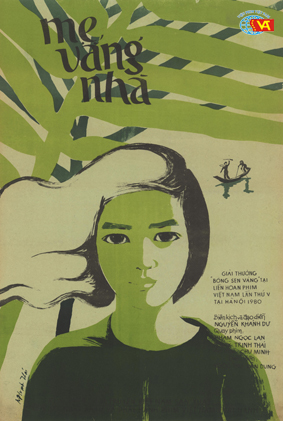When Mother’s Away
Synopsis
The film portrays the life of Ms. Út Tịch and her five children during one of the most brutal periods of the Vietnam War. As a revolutionary soldier with the National Liberation Front of South Vietnam, the roar of bombs and gunfire constantly calls her back to the frontlines, where she is tasked with transporting supplies and ammunition for the army. Her five children are left to fend for themselves, with Bé, the eldest daughter at just ten years old, taking on the responsibility of caring for her younger siblings,, including the youngest, still an infant in the cradle. Bé knows that her mother is a guerrilla fighter and quietly fears that she may never return home. Yet despite this, she tries to suppress her emotions and focuses on looking after her siblings.
Director's biography
People’s Artist Nguyễn Khánh Dư (1933–2007) was a prominent Vietnamese filmmaker and cinematographer, widely recognized for his contributions to children’s cinema. In 1959, he began working at the Vietnam Feature Film Studio, where he embarked on directing his first feature films. In 1973, he received the award for Best Cinematography at the Vietnam Film Festival for the film Tư Hậu. That same year, the film Trên tuyến đầu miền Tây Tổ quốc, for which he served as director of photography, was honored with the Silver Lotus Award. In 1997, he won the Best Cinematography Award at the 4th Vietnam Film Festival for the feature film Hai bà mẹ, and also received the Best Cinematography Award for the documentary Thành phố lúc rạng đông.



